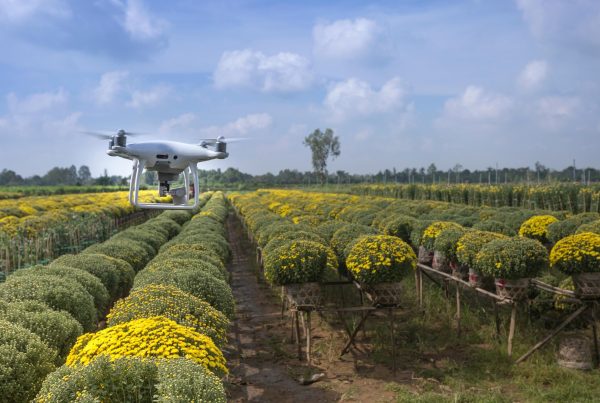In recent years, the drone manufacturing industry has witnessed significant evolution in terms of technology and functionality. These advancements have expanded the scope of drone applications and improved the efficiency and safety of their operation. Below are some of the key technological advances in this period:
- Foldable and Portable Drones: Miniaturization and portability have become a major trend. Foldable and portable drones are ideal for travel and mobile applications. This has made it easier to capture aerial images and videos in various situations.
- High-Resolution Cameras: Cameras integrated into drones have improved in quality and resolution capacity. This enables the capture of sharp images and videos, essential for applications such as mapping, inspection, and professional videography.
- Advanced Obstacle Avoidance Systems: Drones are now equipped with more sophisticated obstacle detection and avoidance systems. They use laser sensors, computer vision, and Lidar technologies to detect obstacles in real-time and make autonomous decisions to avoid collisions.
- Increased Autonomy and Flight Time: Higher-capacity batteries and improved energy efficiency have increased the flight autonomy of drones. Some models can stay in the air for over 30 minutes, essential for long-duration applications.
- Advanced Connectivity: Drones now benefit from 5G connectivity and high-speed data transmission systems. This improves the ability to transmit images and videos in real-time, crucial for applications such as surveillance and live streaming.
These technological advances have turned drones into more versatile and effective tools in a wide variety of applications, from precision agriculture to terrain mapping and the delivery of medical supplies in remote areas. The drone industry continues to evolve, and we are likely to see more exciting innovations in the coming years.





